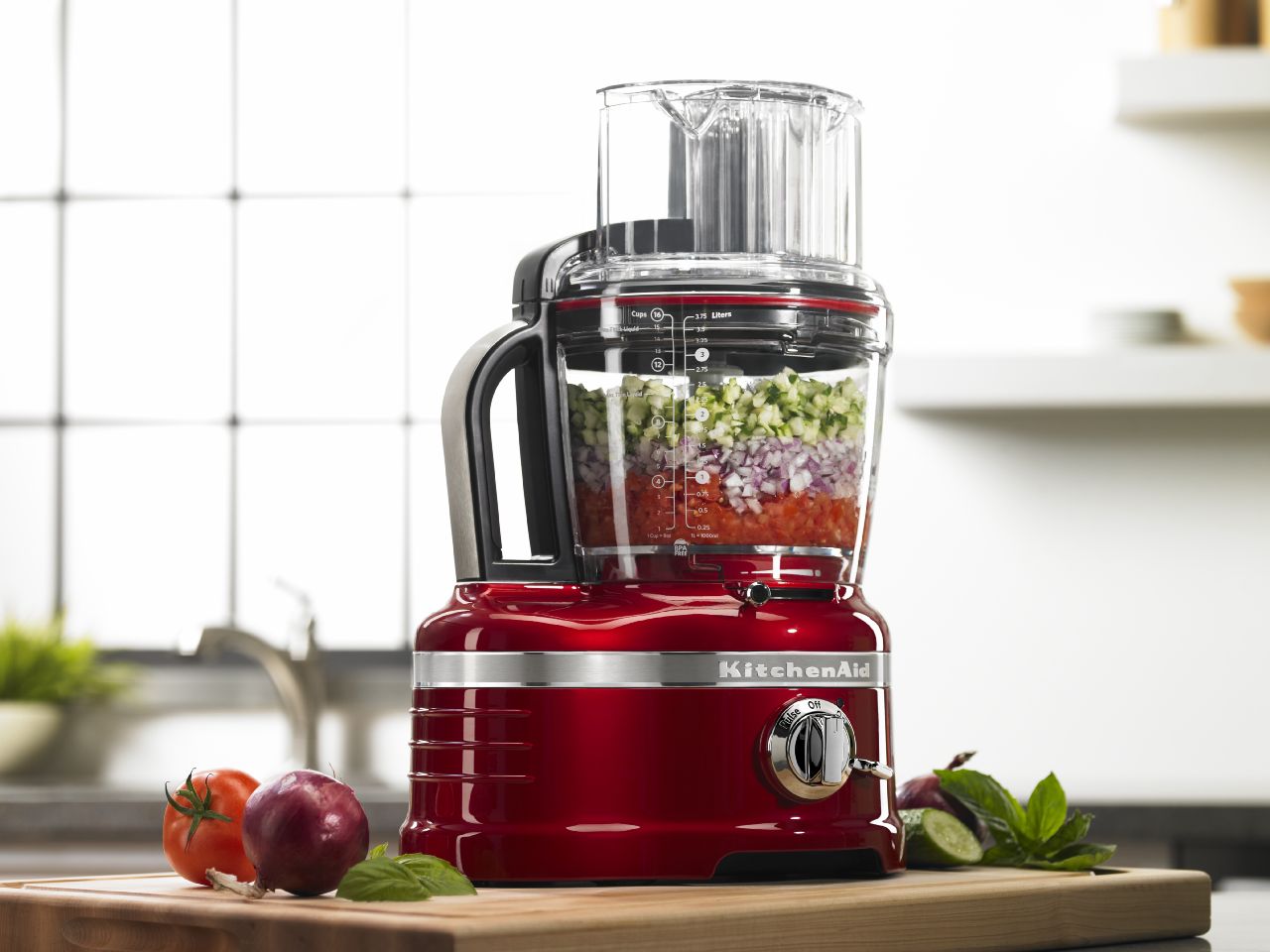

Articles
What Does A Food Processor Do
Modified: October 28, 2024
Discover the versatility of food processors with our informative articles. Learn how these kitchen appliances can simplify your cooking and save you time and effort.
(Many of the links in this article redirect to a specific reviewed product. Your purchase of these products through affiliate links helps to generate commission for Storables.com, at no extra cost. Learn more)
Introduction
When it comes to cooking and preparing food, having the right tools can make all the difference. One such tool that has revolutionized the way we cook is the food processor. With its versatile functions and time-saving capabilities, a food processor has become an essential appliance in many kitchens around the world.
In this article, we will delve into the world of food processors, exploring their various functions and the benefits they bring to the cooking process. Whether you’re a professional chef or a home cook, understanding what a food processor can do will open up a whole new realm of culinary possibilities.
So, let’s dive in and discover the wonders of this remarkable kitchen appliance.
Key Takeaways:
- A food processor is a time-saving and versatile kitchen appliance that can handle tasks such as chopping, slicing, shredding, mixing, pureeing, and grinding with precision and efficiency, making it an essential tool for both professional chefs and home cooks.
- The food processor’s ability to save time, ensure consistent results, and offer a wide range of functions, from emulsifying to whisking, makes it an indispensable tool for simplifying food preparation, exploring new recipes, and elevating culinary skills in the kitchen.
Read more: What Size Food Processor Do I Need
Overview of a Food Processor
A food processor is a versatile kitchen appliance designed to handle a variety of tasks quickly and efficiently. It consists of a motorized base that houses the motor and controls, and a detachable bowl with various blades and attachments for different functions.
One of the key advantages of a food processor is its ability to save time and effort in the kitchen. It can perform tasks that would normally take a significant amount of time and effort to do by hand. From chopping and slicing to pureeing and blending, a food processor can tackle a wide range of food preparation tasks in a matter of seconds.
The size and capacity of food processors can vary, with options available to suit different cooking needs. Whether you’re preparing a small batch of sauce or tackling large quantities of vegetables, there’s a food processor out there to fit your requirements.
Additionally, modern food processors come with various speed settings and pulse options, allowing you to have precise control over the consistency of the food. This is particularly useful when you want to achieve the perfect texture for your recipes.
Now that we have a general understanding of what a food processor is, let’s explore its specific functions in more detail.
Chopping and Slicing Functions
One of the primary functions of a food processor is its ability to chop and slice ingredients quickly and uniformly. With a sharp chopping or slicing blade attachment, you can effortlessly tackle tasks like dicing onions, mincing garlic, or slicing vegetables for salads or stir-fries.
The food processor’s powerful motor and sharp blades ensure that ingredients are evenly chopped or sliced, saving you time and effort compared to doing it by hand. Whether you need fine or coarse cuts, you can adjust the processing time or use different blade attachments to achieve the desired results.
Another advantage of using a food processor for chopping and slicing is that it offers consistent results. This is especially useful when you’re preparing ingredients for recipes that require even cooking or presentation. Forget about unevenly chopped onions or inconsistent slices; a food processor can handle it all with precision.
Moreover, the food processor’s large capacity bowl allows you to process larger quantities of ingredients at once, making it ideal for meal prepping or cooking for a crowd. It can significantly reduce your prep time, especially when preparing recipes that require a lot of chopping or slicing.
Whether you’re making salsa, coleslaw, or a vegetable stir-fry, the chopping and slicing functions of a food processor can save you time and ensure even and consistent results. It’s a true game-changer when it comes to food prep in the kitchen.
Shredding and Grating Functions
In addition to chopping and slicing, a food processor also excels at shredding and grating ingredients. Whether you need finely grated cheese, shredded vegetables for a salad, or grated zucchini for baking, the shredding and grating functions of a food processor can make your life in the kitchen much easier.
With the appropriate shredding or grating blade attachment, the food processor can effortlessly shred or grate ingredients to your desired consistency. Whether you prefer coarse or fine shreds, simply adjust the processing time or use different blade attachments to achieve the desired results.
The beauty of using a food processor for shredding and grating is the speed and efficiency it offers. Instead of spending precious time manually shredding or grating ingredients with a box grater, you can let the food processor do the work for you. Within seconds, you’ll have perfectly shredded or grated ingredients ready to use in your recipes.
Not only does the food processor save you time, but it also ensures consistent results. The powerful motor and sharp blades of the food processor ensure that ingredients are evenly shredded or grated, eliminating the risk of uneven textures in your dishes.
Furthermore, the large capacity bowl of the food processor allows you to process larger quantities of ingredients, which is especially handy when preparing meals for a crowd or when meal prepping for the week ahead. You can quickly shred or grate a large amount of cheese or vegetables without breaking a sweat.
Whether you’re making tacos, lasagna, or a refreshing salad, the shredding and grating functions of a food processor can streamline your food prep process and produce consistent results every time.
Mixing and Kneading Functions
A food processor is not just for chopping and slicing; it is also a versatile tool for mixing and kneading doughs and batters. Whether you’re making bread, pizza dough, or cookie dough, the mixing and kneading functions of a food processor can save you time and effort in the kitchen.
With the use of a dough blade or a paddle attachment, a food processor can effortlessly mix and knead ingredients to create smooth and well-combined doughs. The powerful motor and the pulsating action of the blades ensure that the ingredients are mixed thoroughly, resulting in consistent and evenly blended doughs.
One of the advantages of using a food processor for mixing and kneading is its efficient and quick performance. It can handle mixing tasks much faster than traditional methods, allowing you to save time when preparing doughs for baking. In just a matter of minutes, your dough will be ready for the next steps in the recipe.
Moreover, using a food processor for mixing and kneading eliminates the need for manual effort. You no longer have to spend time and energy manually kneading the dough by hand. The food processor does all the hard work for you, resulting in a consistent and well-developed dough every time.
Another benefit of the food processor’s mixing and kneading functions is the ability to control the dough’s consistency. With adjustable speed settings and pulse options, you can achieve the desired texture for your dough, whether it’s a smooth and elastic bread dough or a crumbly cookie dough.
Whether you’re a seasoned baker or a beginner in the kitchen, the mixing and kneading functions of a food processor can simplify your baking process and ensure consistent results. Say goodbye to tired arms from kneading dough and hello to perfectly mixed and kneaded doughs with the help of a food processor.
A food processor is a versatile kitchen appliance that can chop, slice, shred, puree, and mix ingredients. It can save you time and effort in food preparation, making it a valuable tool for any home cook.
Read more: What Kind Of Food Processor Does Giada Use
Pureeing and Blending Functions
The pureeing and blending functions of a food processor are essential for creating smooth sauces, soups, dips, and purees. With the right blade attachment, a food processor can transform chunky ingredients into silky-smooth textures in a matter of seconds.
Whether you’re making a creamy tomato soup, a smooth hummus, or a velvety fruit puree, the pureeing and blending functions of a food processor can save you time and effort in achieving the desired consistency.
The powerful motor and sharp blades of the food processor ensure that ingredients are thoroughly blended, resulting in a smooth and uniform texture. Unlike traditional methods, a food processor can achieve a consistent texture throughout, eliminating any lumps or chunks that may occur with hand blending or mashing.
Additionally, the large capacity bowl of the food processor allows you to process large quantities of ingredients at once, making it ideal for batch cooking or when preparing food for a crowd. You can effortlessly puree or blend a large amount of ingredients without having to do it in several small batches.
The speed control options of the food processor allow you to adjust the blending speed as per your preference. Whether you want a quick pulse for a chunky texture or a longer blend for a silky-smooth result, the food processor provides the versatility to achieve the consistency you desire.
Furthermore, using a food processor for pureeing and blending helps maintain the flavors and nutrients of the ingredients. The quick blending process allows for minimal oxidation, preserving the natural colors and flavors of the ingredients.
Whether you’re preparing a silky sauce, a smooth soup, or a creamy dip, the pureeing and blending functions of a food processor can elevate your culinary creations and deliver consistent results every time.
Grinding and Grinding Functions
One of the versatile functions of a food processor is its ability to grind and pulverize ingredients, unlocking new possibilities in your culinary adventures. Whether you need to grind spices, coffee beans, or nuts, a food processor can make quick work of these tasks.
With the use of a grinding blade or a dedicated grinding attachment, a food processor can grind ingredients to your desired consistency. Whether you prefer a fine powder or a coarse grind, the food processor can easily achieve the texture you need.
The high-speed motor and sharp blades of the food processor ensure efficient grinding, saving you time and effort compared to using a mortar and pestle or a manual grinder. Within seconds, you can have freshly ground spices or coffee ready to use in your recipes.
Another advantage of using a food processor for grinding is the ability to control the fineness of the grind. With pulse options and adjustable speed settings, you have the flexibility to achieve the desired texture for your ingredients. Whether it’s a fine grind for baking or a coarser grind for certain recipes, the food processor provides the versatility you need.
Moreover, the food processor’s large capacity bowl allows you to grind larger quantities of ingredients in a single batch. This is particularly useful when you need a significant amount of ground spices or nuts for a recipe.
Additionally, a food processor can be used for grinding other ingredients such as breadcrumbs, oats, or flaxseeds. By simply pulsing the ingredients, you can quickly grind them to the desired texture, saving you the hassle of purchasing pre-packaged ground ingredients.
Whether you’re a spice enthusiast, a coffee lover, or want to create your own custom blends, the grinding and pulverizing functions of a food processor can help you achieve the perfect texture and flavor in your recipes.
Emulsifying and Whisking Functions
Another fantastic feature of a food processor is its ability to emulsify and whisk ingredients, making it a versatile tool for creating dressings, sauces, and whipped creams.
Emulsifying involves combining two or more ingredients that typically do not mix well together, such as oil and vinegar in a salad dressing. With the right attachment, a food processor can create a stable emulsion by blending and dispersing the ingredients evenly.
The powerful motor and blades of the food processor ensure that the ingredients are thoroughly blended, resulting in a smooth and uniform mixture. By slowly adding the oil while the food processor is running, you can achieve a perfectly emulsified dressing or sauce.
In addition to emulsifying, a food processor can also whisk ingredients to create fluffy and light textures. Whether you’re making whipped cream, meringue, or aioli, the whisking function of a food processor can save you time and effort compared to whisking by hand.
The food processor’s motor and pulse options provide the necessary power and speed to whip ingredients to the desired consistency. Within minutes, you can attain soft peaks or stiff peaks, depending on your recipe requirements.
Furthermore, the large capacity bowl of the food processor allows you to whisk larger quantities of ingredients, making it ideal for preparing whipped creams or meringues for desserts or for catering to a larger crowd.
The emulsifying and whisking functions of a food processor provide both convenience and versatility in the kitchen. Whether you’re whipping up a quick salad dressing, creating a fluffy dessert topping, or making homemade mayonnaise, a food processor can simplify the process and deliver excellent results.
Conclusion
A food processor is a multifunctional kitchen appliance that can greatly enhance your cooking and food preparation experience. Whether you’re a professional chef or a home cook, the wide range of functions and capabilities offered by a food processor can save you time and effort in the kitchen and open up a world of culinary possibilities.
From chopping and slicing ingredients with precision and speed to shredding and grating with ease, a food processor can handle a variety of tasks that would normally take significant time and effort to do by hand. The powerful motor and sharp blades ensure consistent and even results, making your food prep process more efficient and enjoyable.
The mixing and kneading functions of a food processor eliminate the need for manual effort, allowing you to effortlessly create doughs and batters for various recipes. The pureeing and blending functions provide silky-smooth textures for soups, sauces, and purees, while the grinding and pulverizing functions allow you to create your own ground spices and ingredients.
Additionally, the emulsifying and whisking functions of a food processor simplify the process of creating dressings, sauces, and whipped creams, giving you more time to focus on other aspects of your cooking. The large capacity bowl of a food processor allows you to process larger quantities of ingredients, perfect for meal prepping or catering to a crowd.
In conclusion, a food processor is a versatile and indispensable tool in the kitchen. It offers convenience, efficiency, and consistency in food preparation, allowing you to explore new recipes and take your culinary skills to the next level. So, whether you’re a novice cook or a seasoned chef, consider adding a food processor to your kitchen arsenal and unlock a world of culinary possibilities.
Frequently Asked Questions about What Does A Food Processor Do
Was this page helpful?
At Storables.com, we guarantee accurate and reliable information. Our content, validated by Expert Board Contributors, is crafted following stringent Editorial Policies. We're committed to providing you with well-researched, expert-backed insights for all your informational needs.
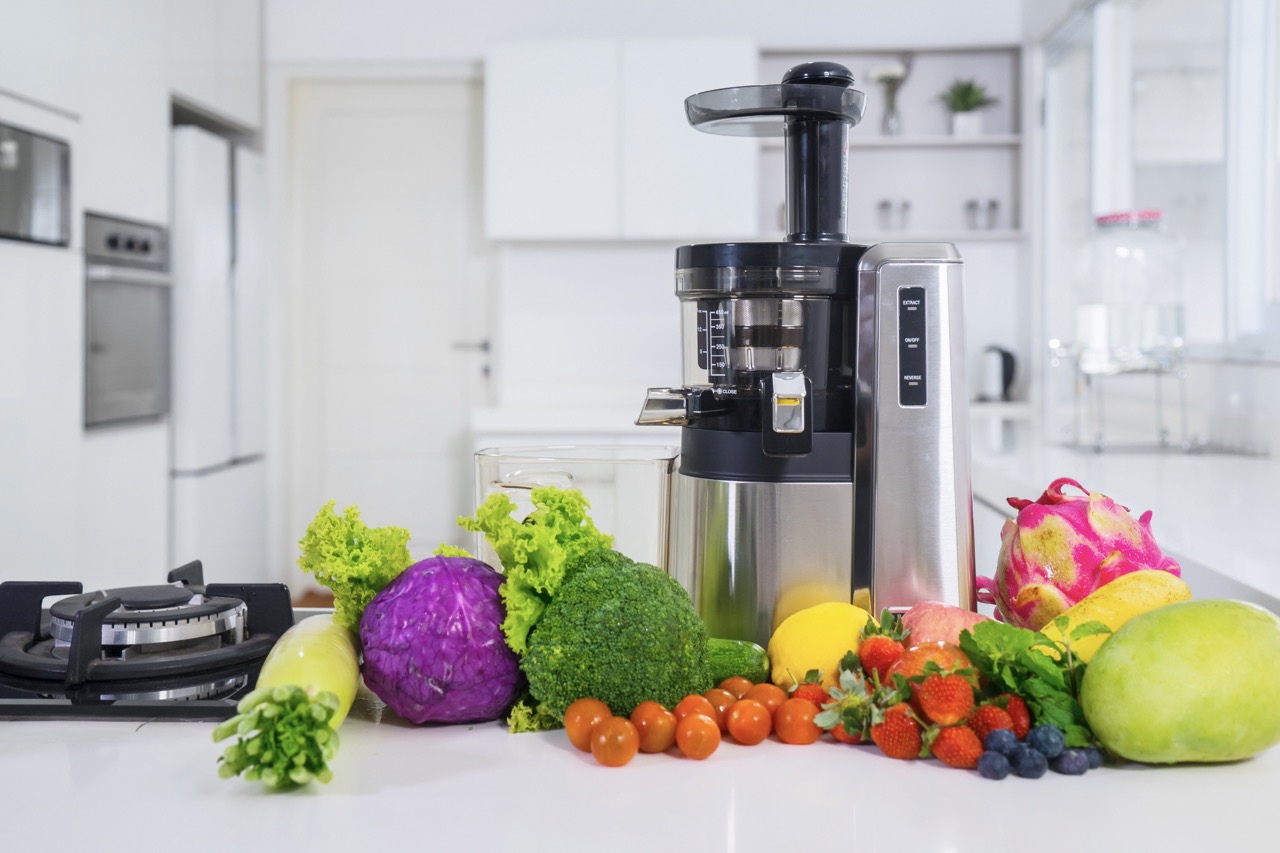
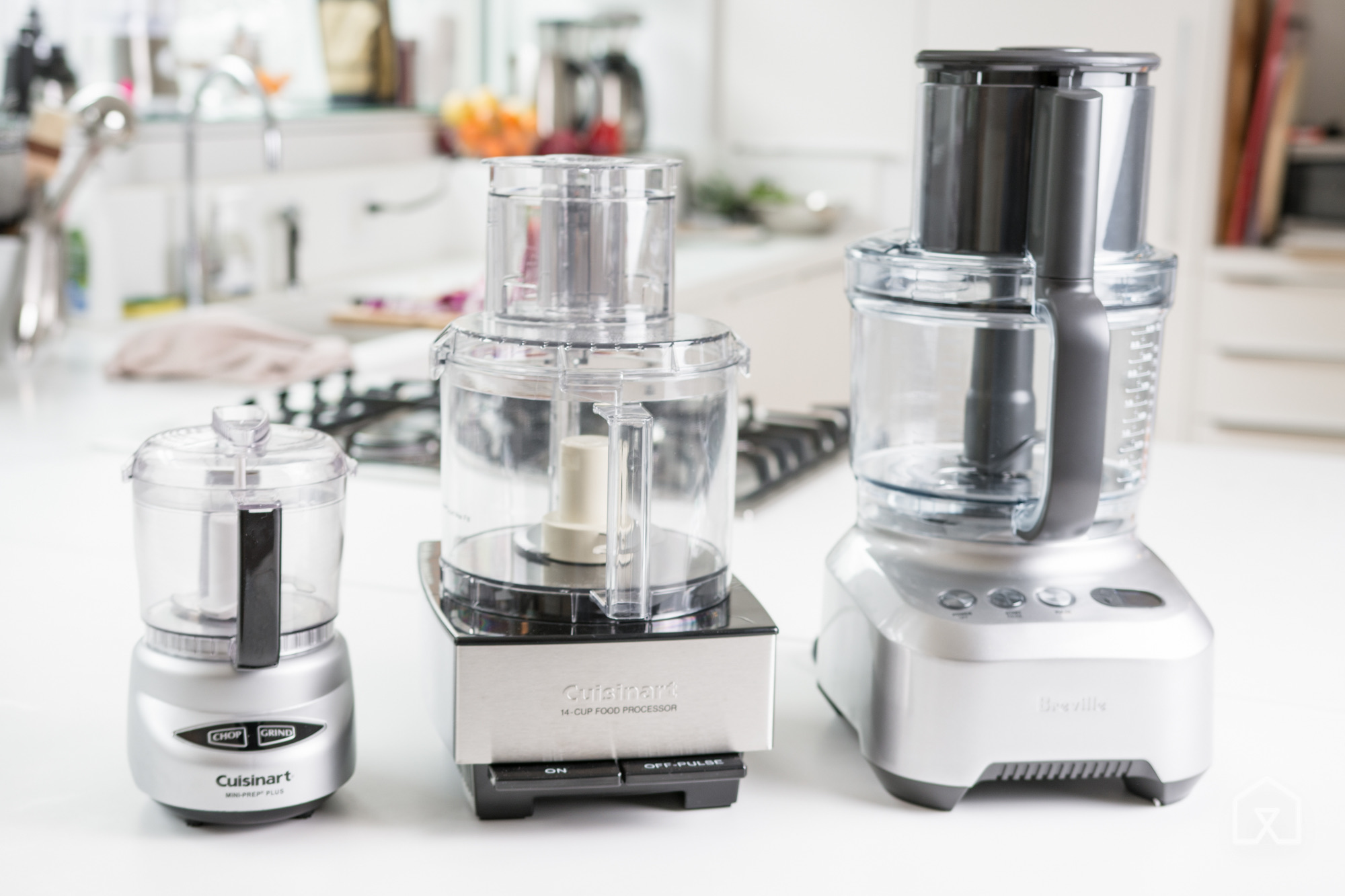
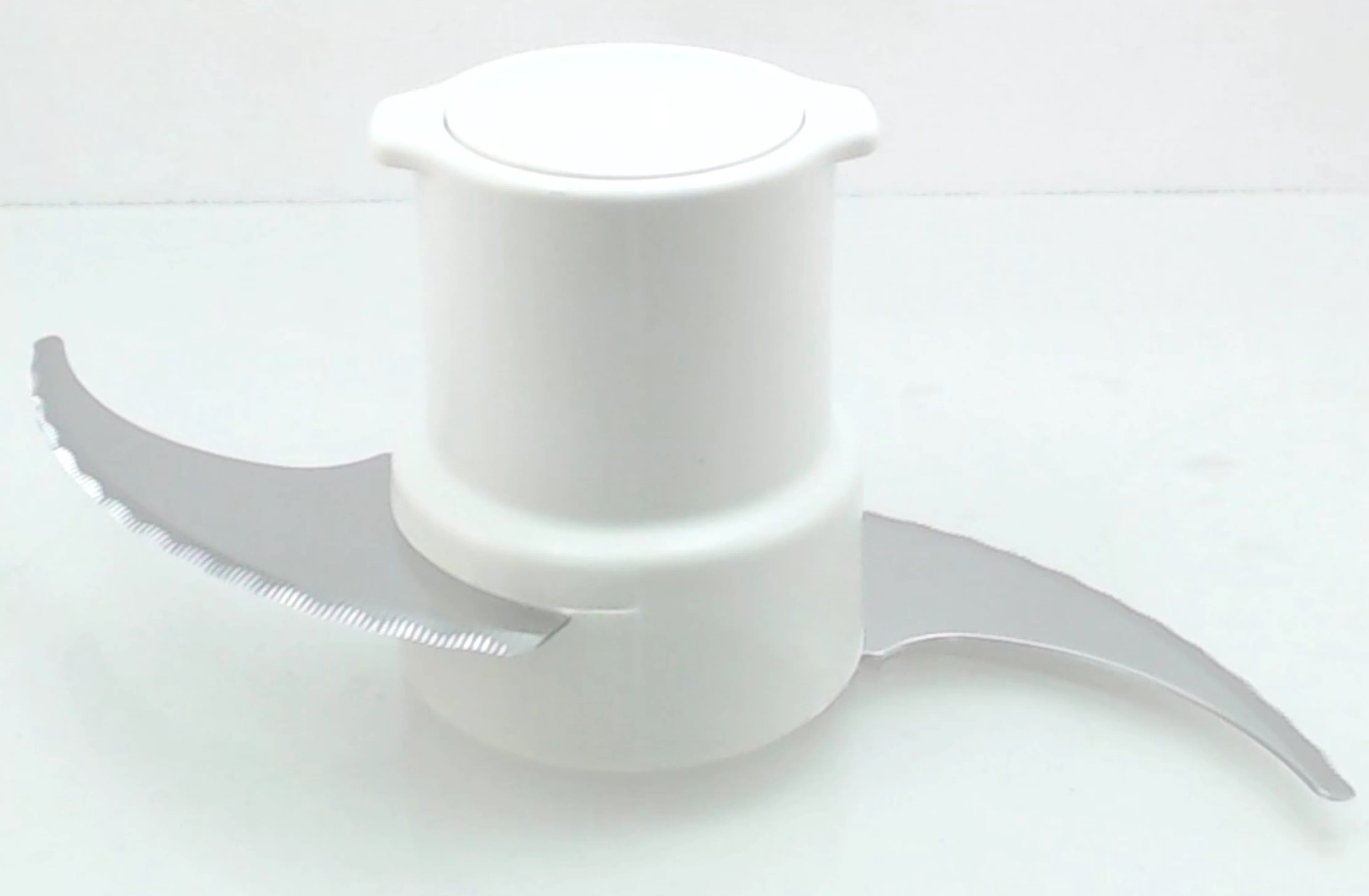
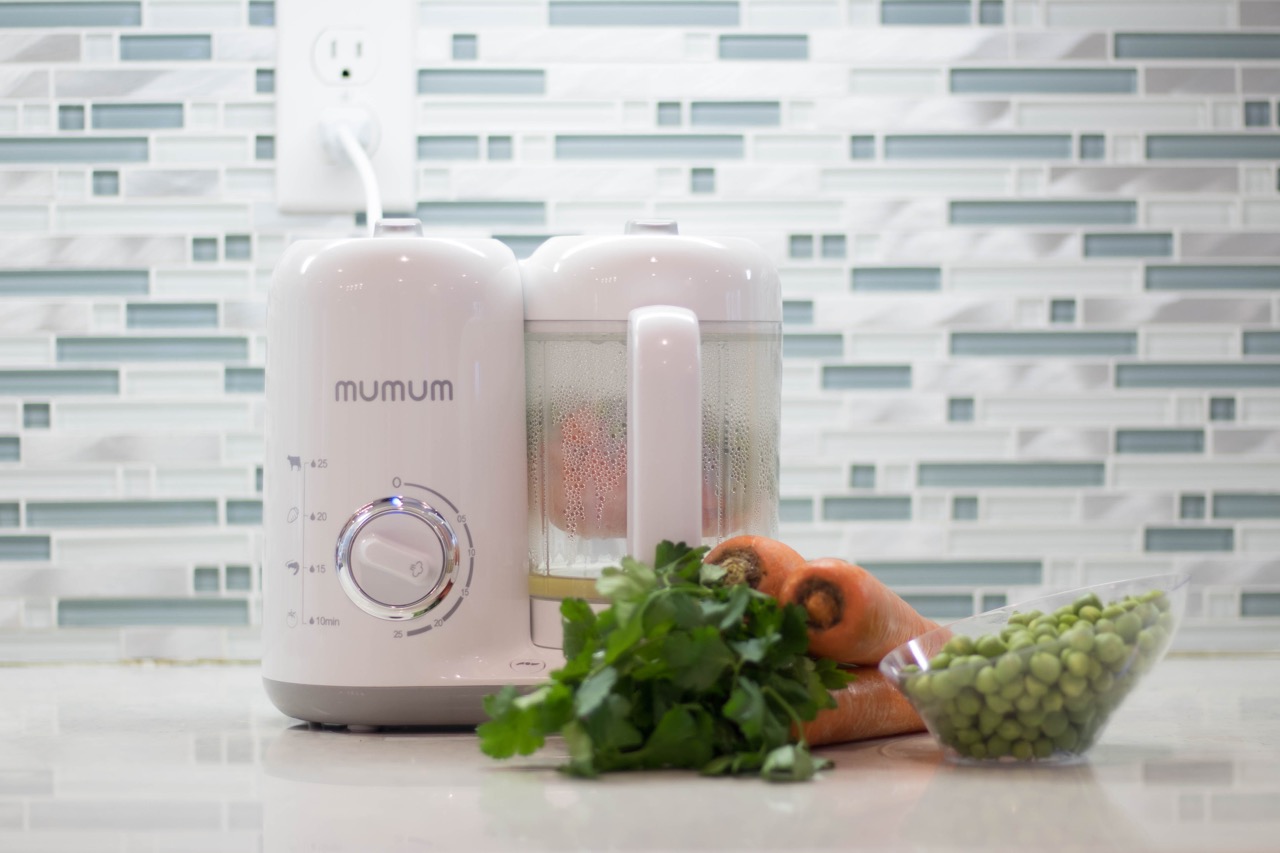
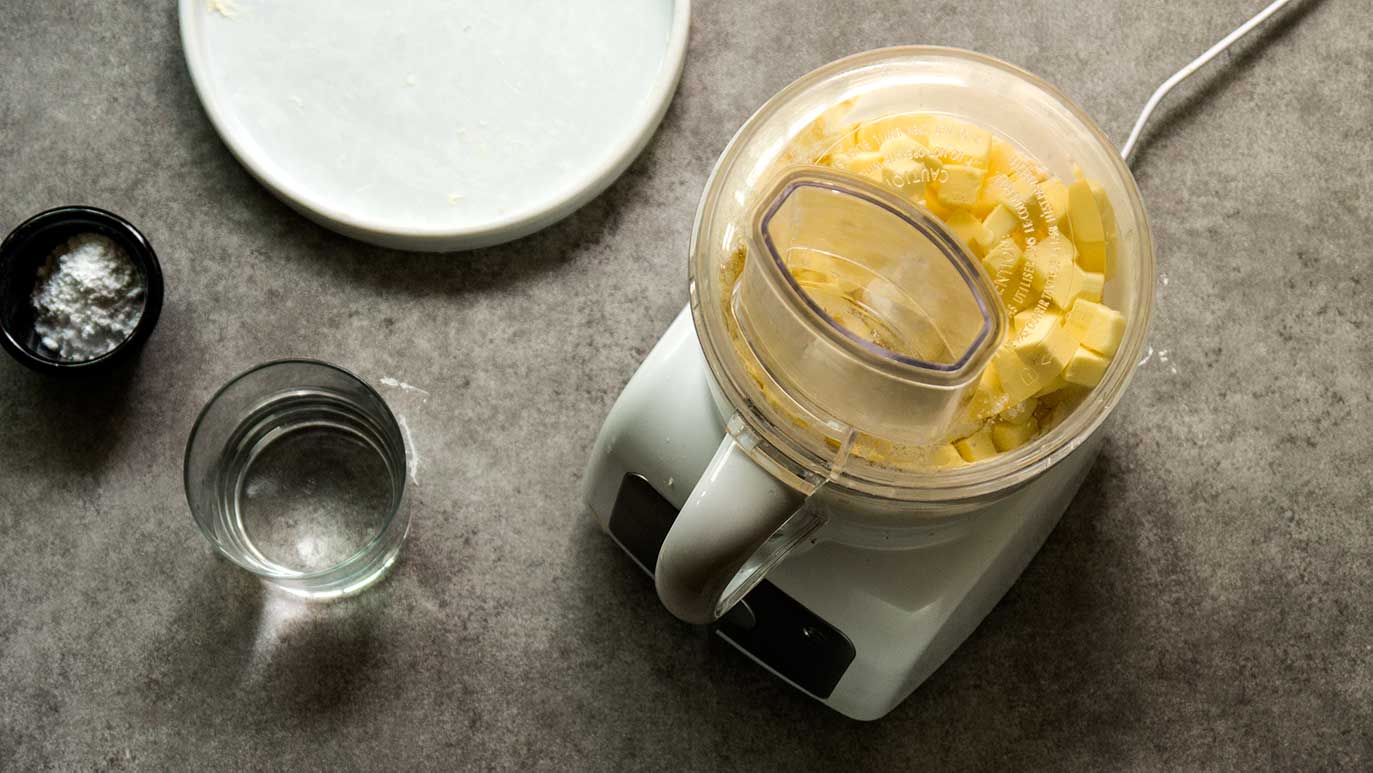
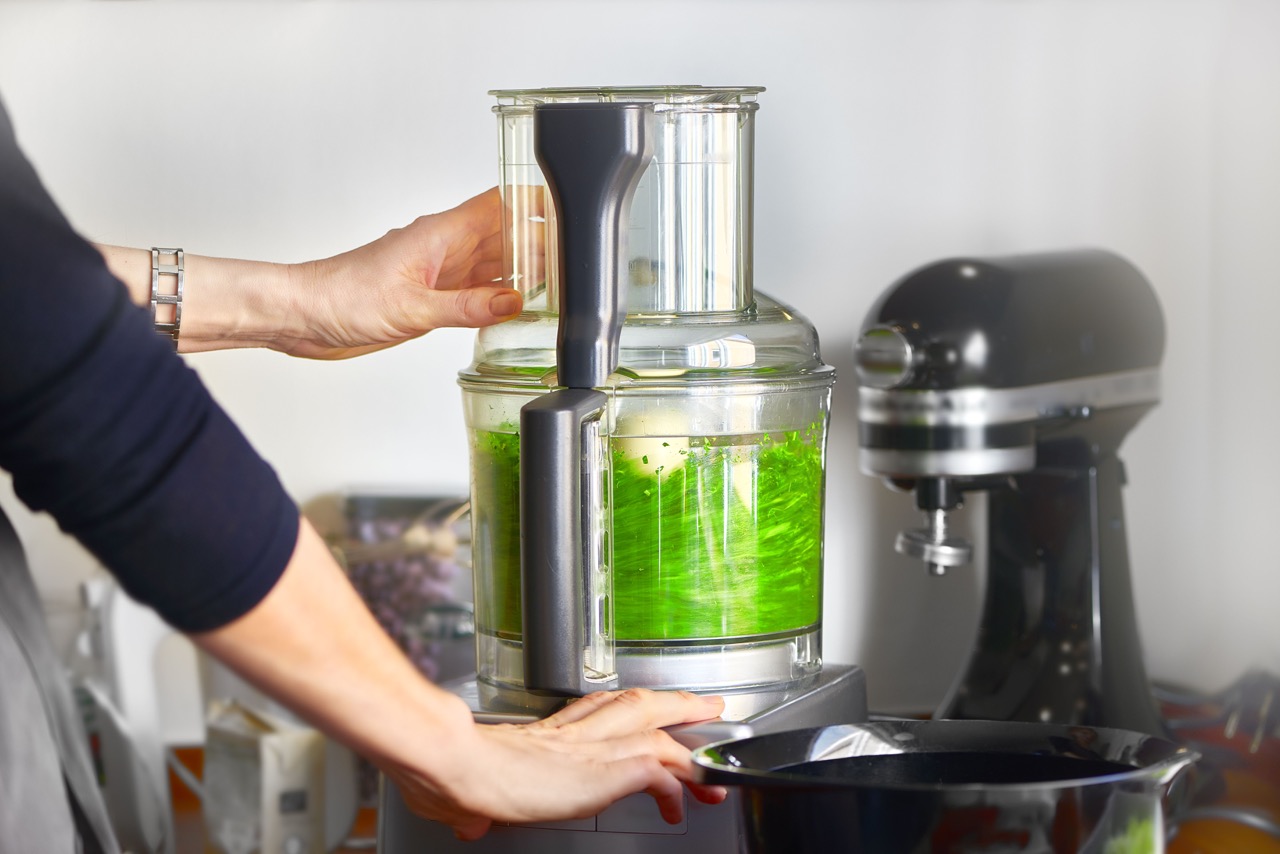


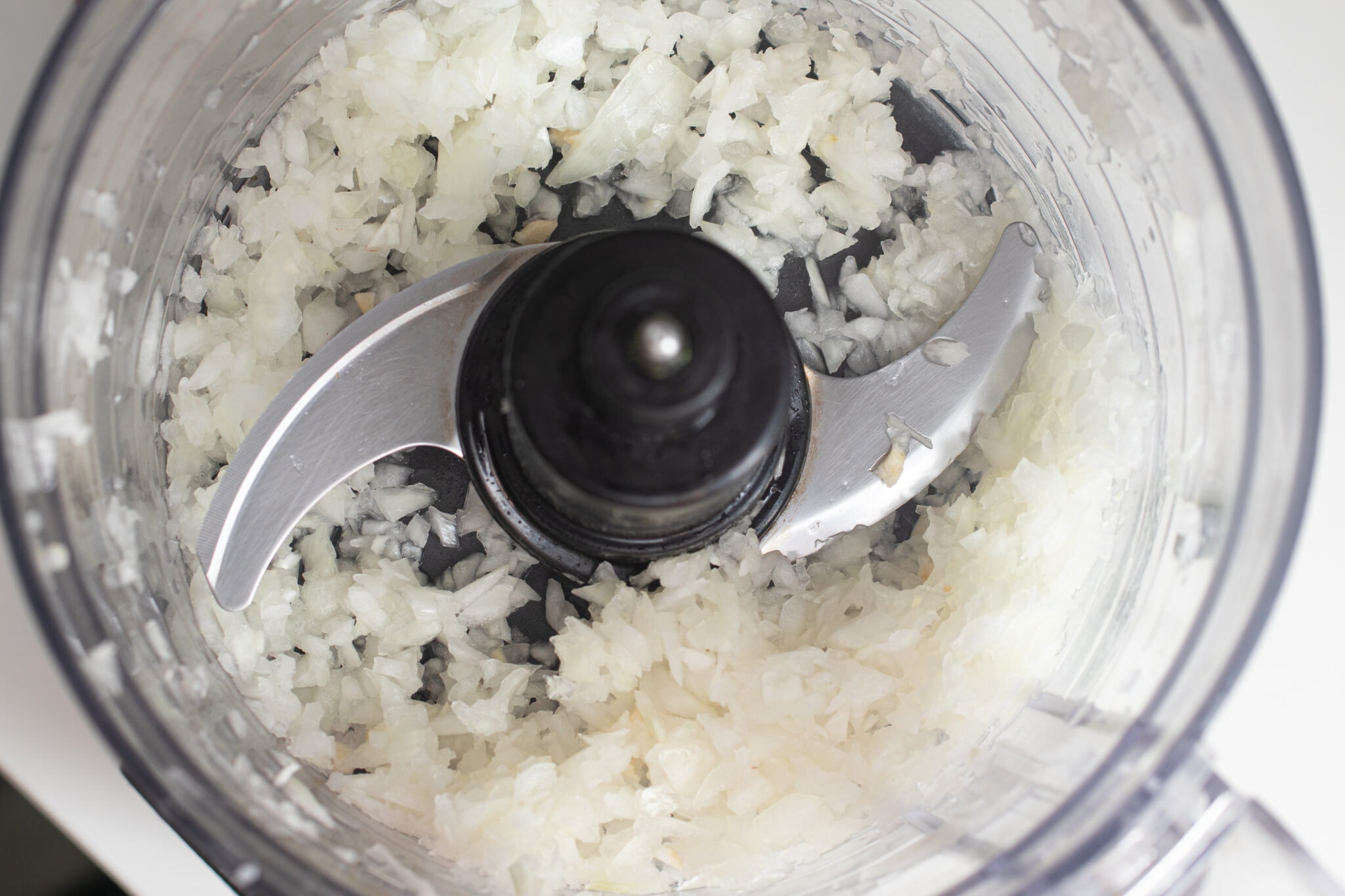
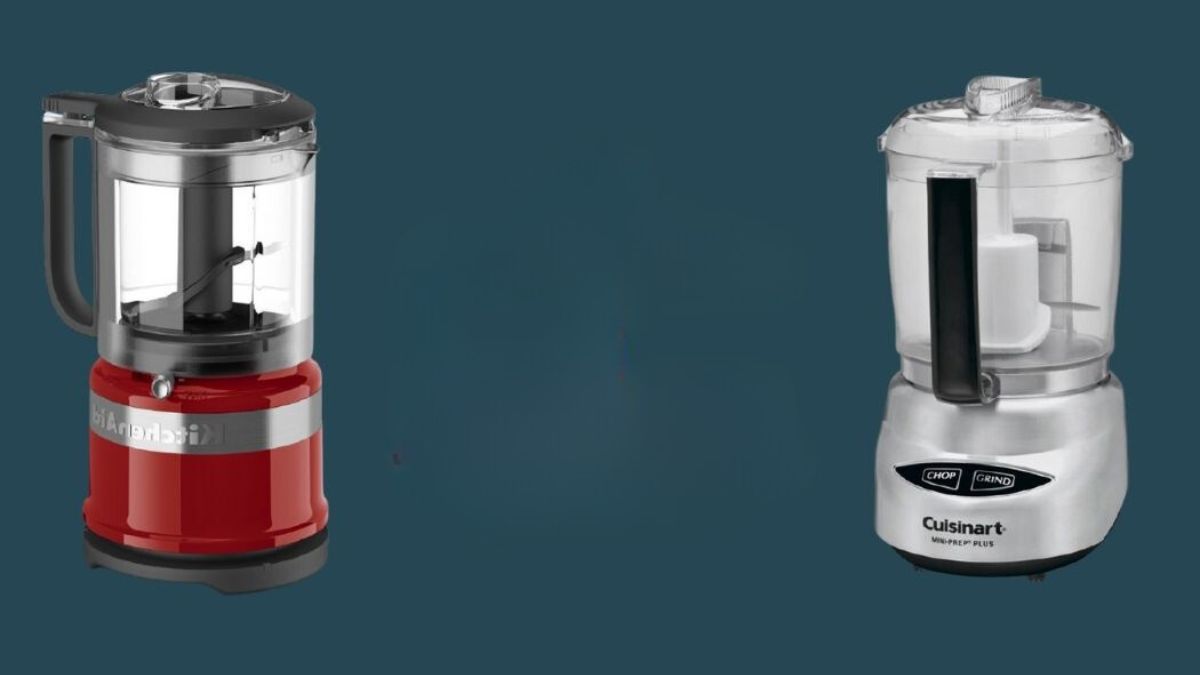
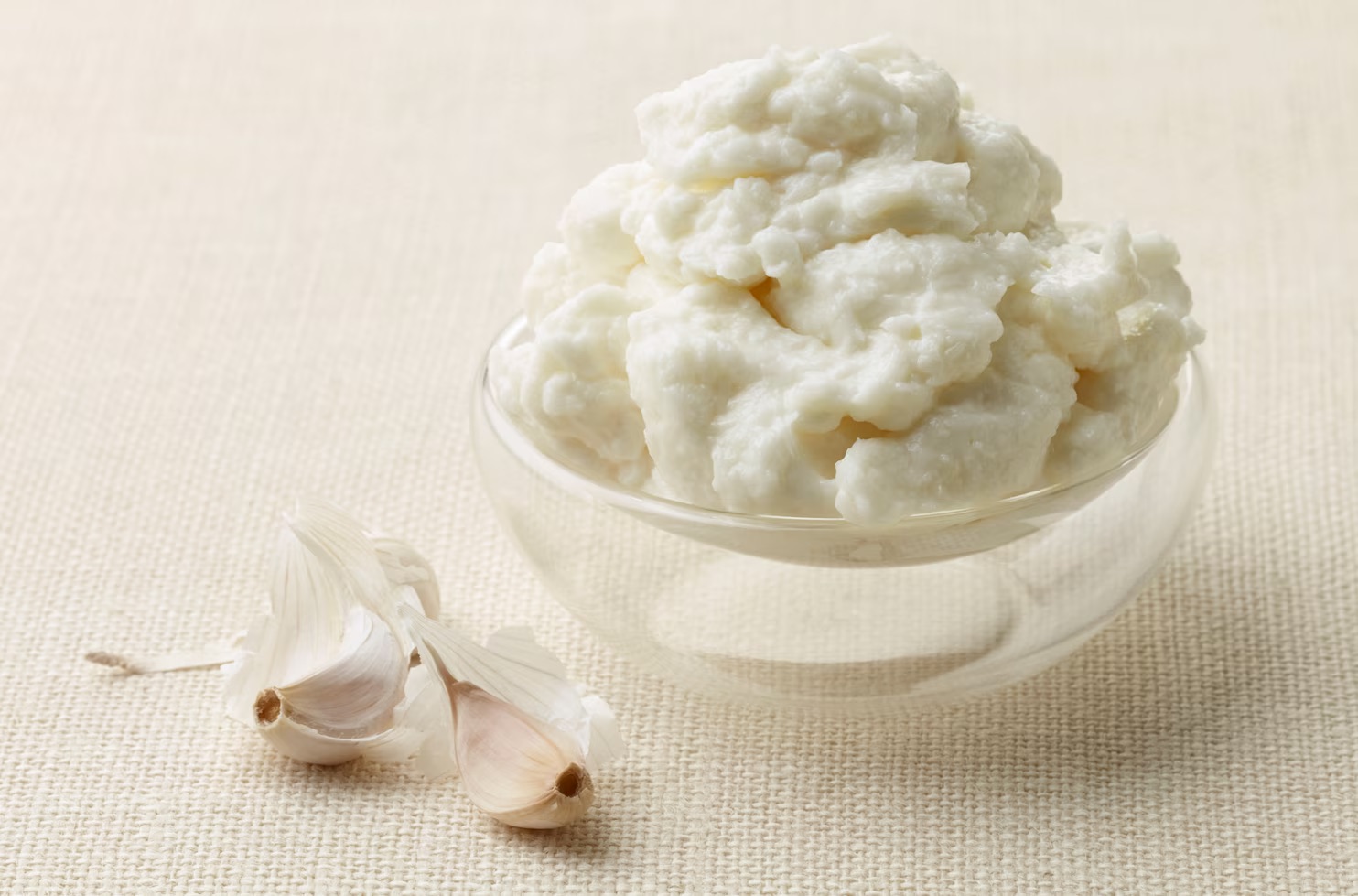

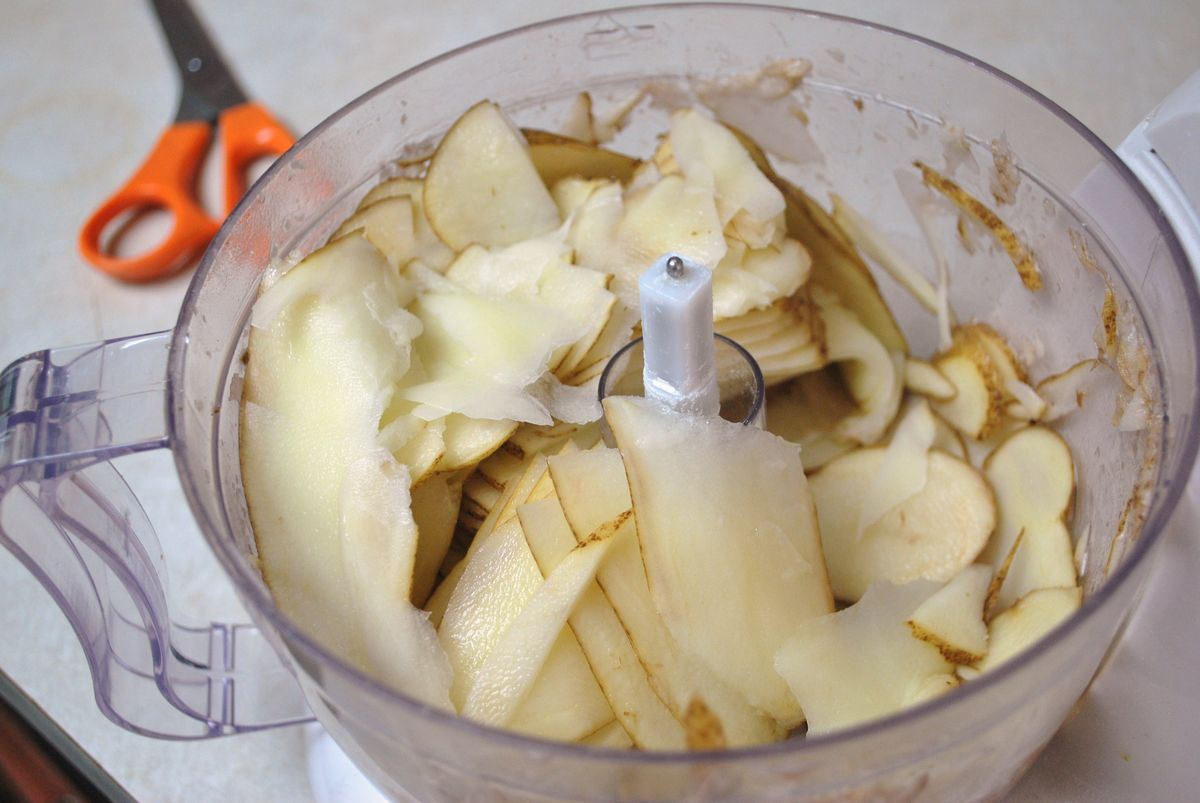
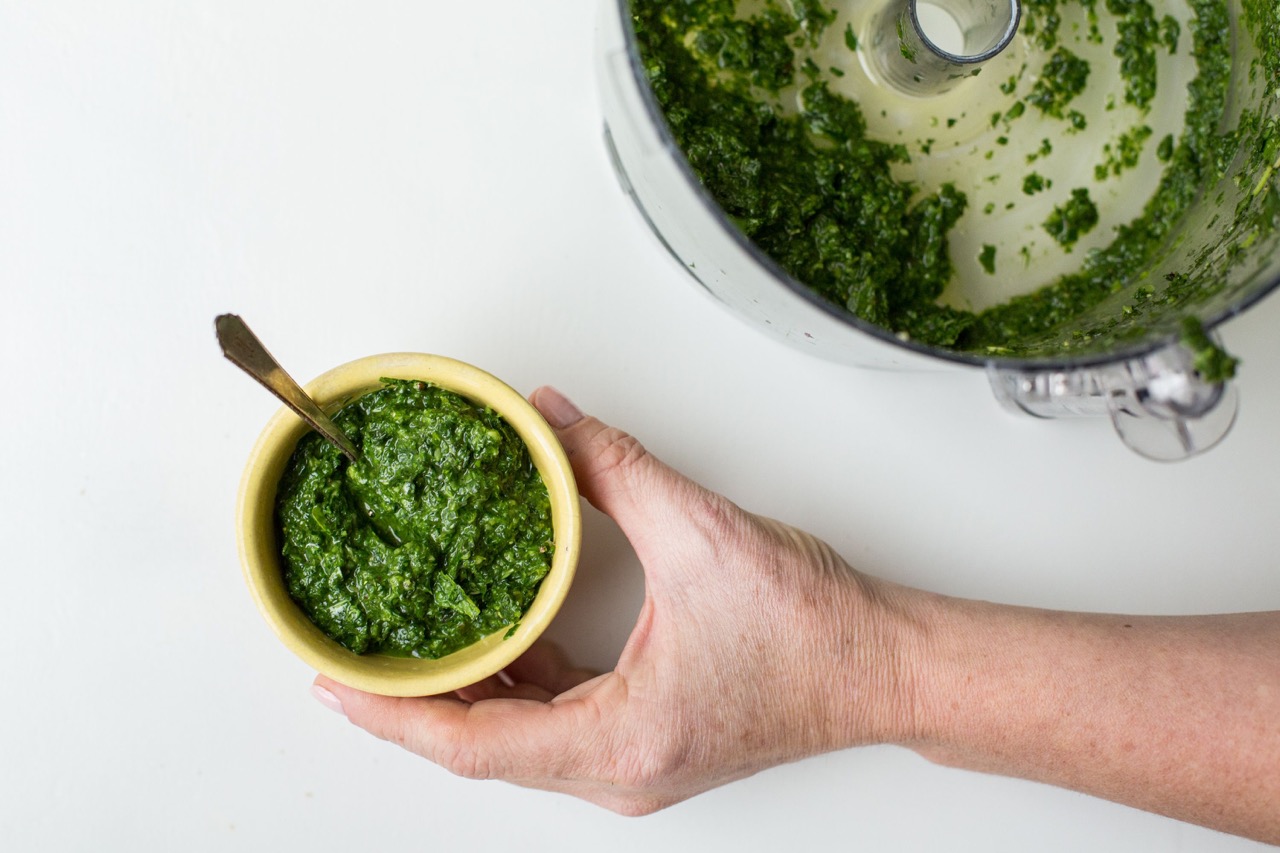

0 thoughts on “What Does A Food Processor Do”